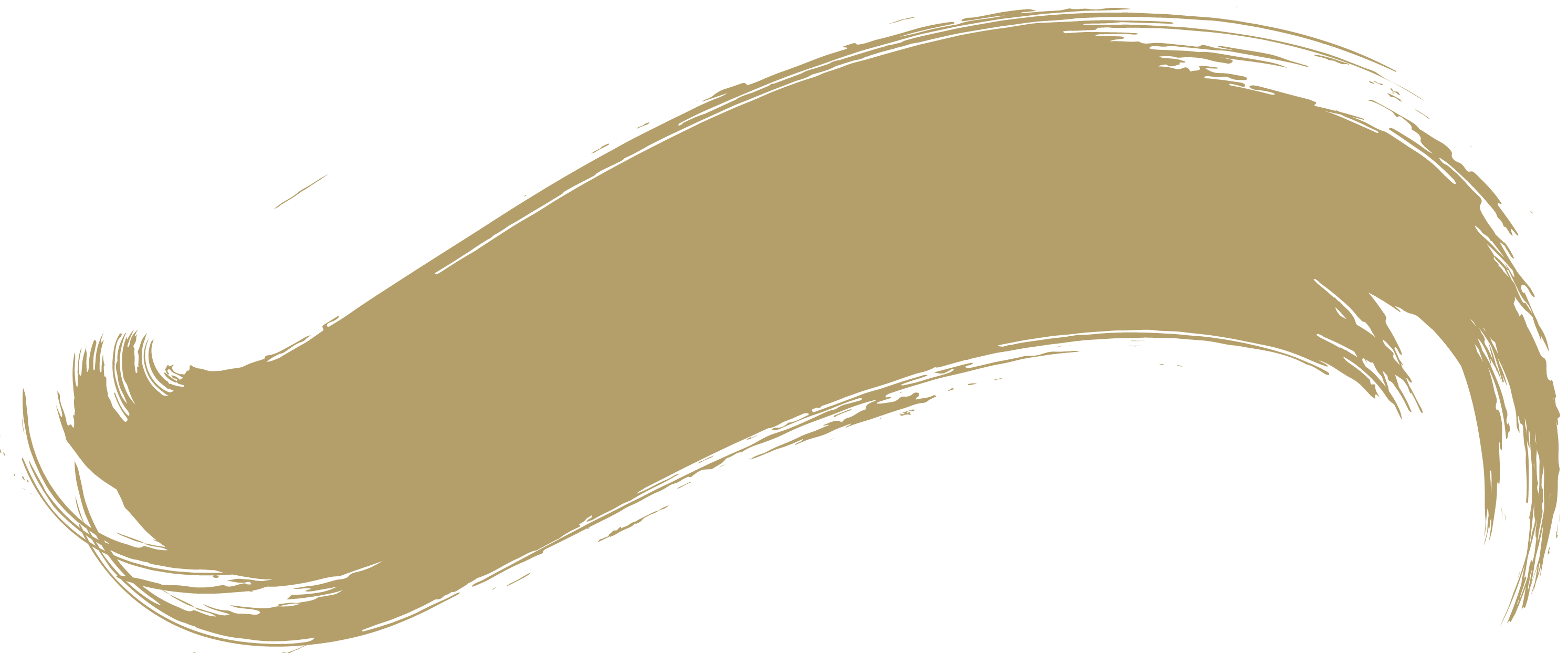Your work often explores themes like isolation, helplessness, and the emotional weight of living through environmental and societal crises. How important do you think art is as a form expressing and processing complex emotions like anxiety?
One theory of dreaming is that our brain is rehearsing potential scenarios for the benefit of our waking self. By the same token, art can provide a safe and socially acceptable context to engage with dark or difficult ideas. Stories, particularly folk-tales, can introduce children to heavy concepts, rehearsing the emotional experience of death or violence before their inevitable real life encounters..
Both in its creation and consumption, art can provide a framework and set of images or ideas for understanding ourselves and our environments. It also provides a socially acceptable context for expressing difficult, sometimes traumatic emotions.
Much of your work is rooted in local landscapes, myths, and ecological themes. As an artist working in Ireland today, how do you see the relationship between place, identity, and creativity evolving – especially in a time of rapid cultural and environmental change?
Ireland is certainly no stranger to rapid change. The troubles, the decline of political catholicism, the celtic tiger and crash all happened in living memory, resulting in an Irish identity which is constantly in flux. The search for a sense of continuity regarding the question of national identity has partly driven a revival in older elements of Irishness: folklore, music and language.
During the Celtic Tiger, there was a prevailing belief that we had to shed the past to embrace modernity and claim our place among Europe’s modern nations. But the promises of that era—home ownership, financial security, prosperity—proved empty. Instead, people now seek a sense of self in the past. We see this in the resurgence of pagan and folk traditions, in musical acts like Húartan and Lankum, and in the reappearance of Sheela na Gigs and Brigid’s crosses on scarves, pins, and gallery walls. The Irish language, too, is enjoying a cultural resurgence, gaining visibility through artists like the Belfast rap group Kneecap and Colm Bairéad’s An Cailín Ciúin, the first Irish-language film to receive an Oscar nomination.
Irish Art, particularly among young people, has become more explicitly political. The ongoing crisis in Palestine made us grapple with our own history as a partitioned, colonised people. This has been an awakening for many regarding unjust, global power structures. This spirit of solidarity holds promise for future action—particularly around the climate crisis—even if we still have a long road ahead.
Explore the Creative Communities list of current events in County Offaly here.
Follow the Birr Festival of Music here.
Follow Finn Nichol here.





